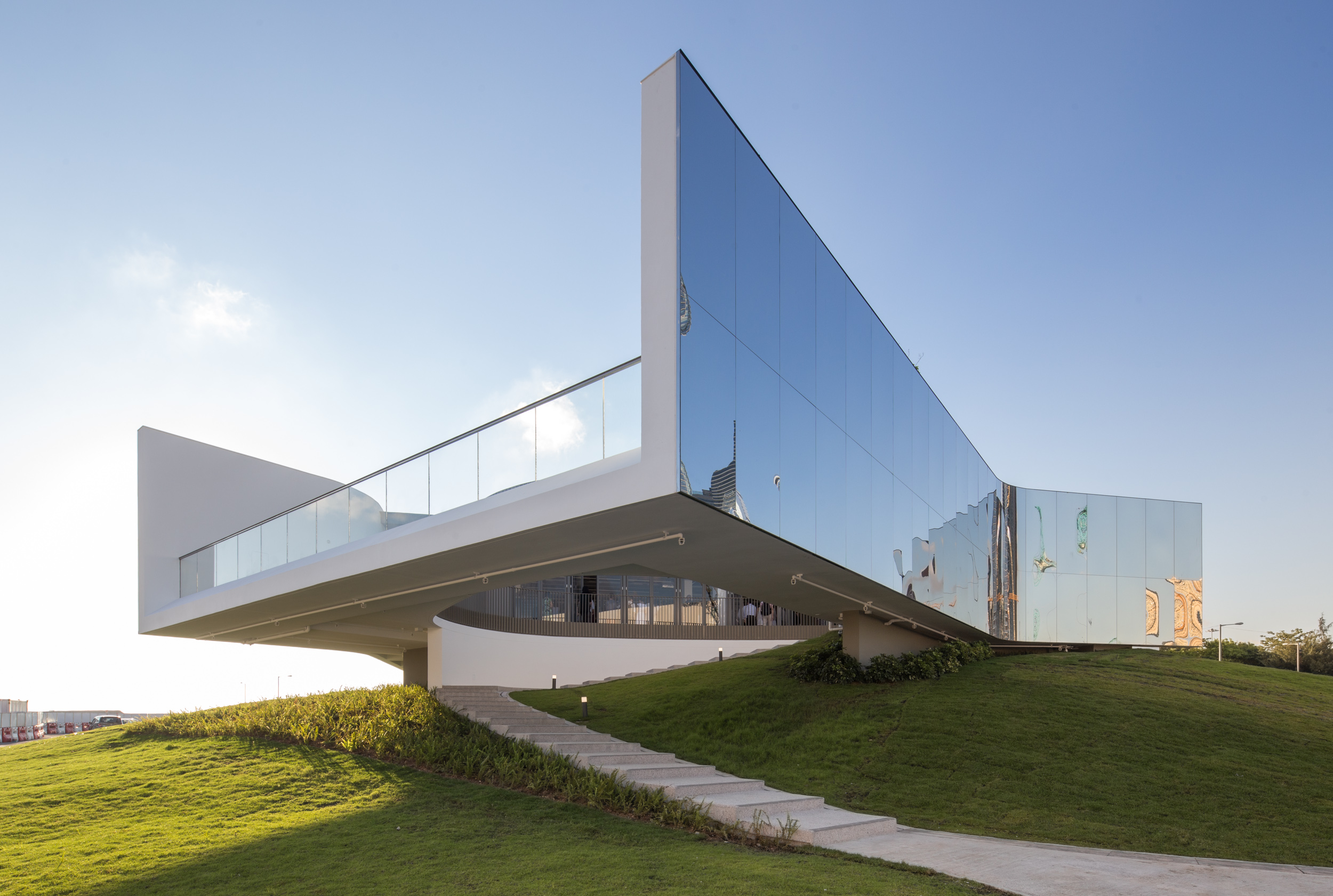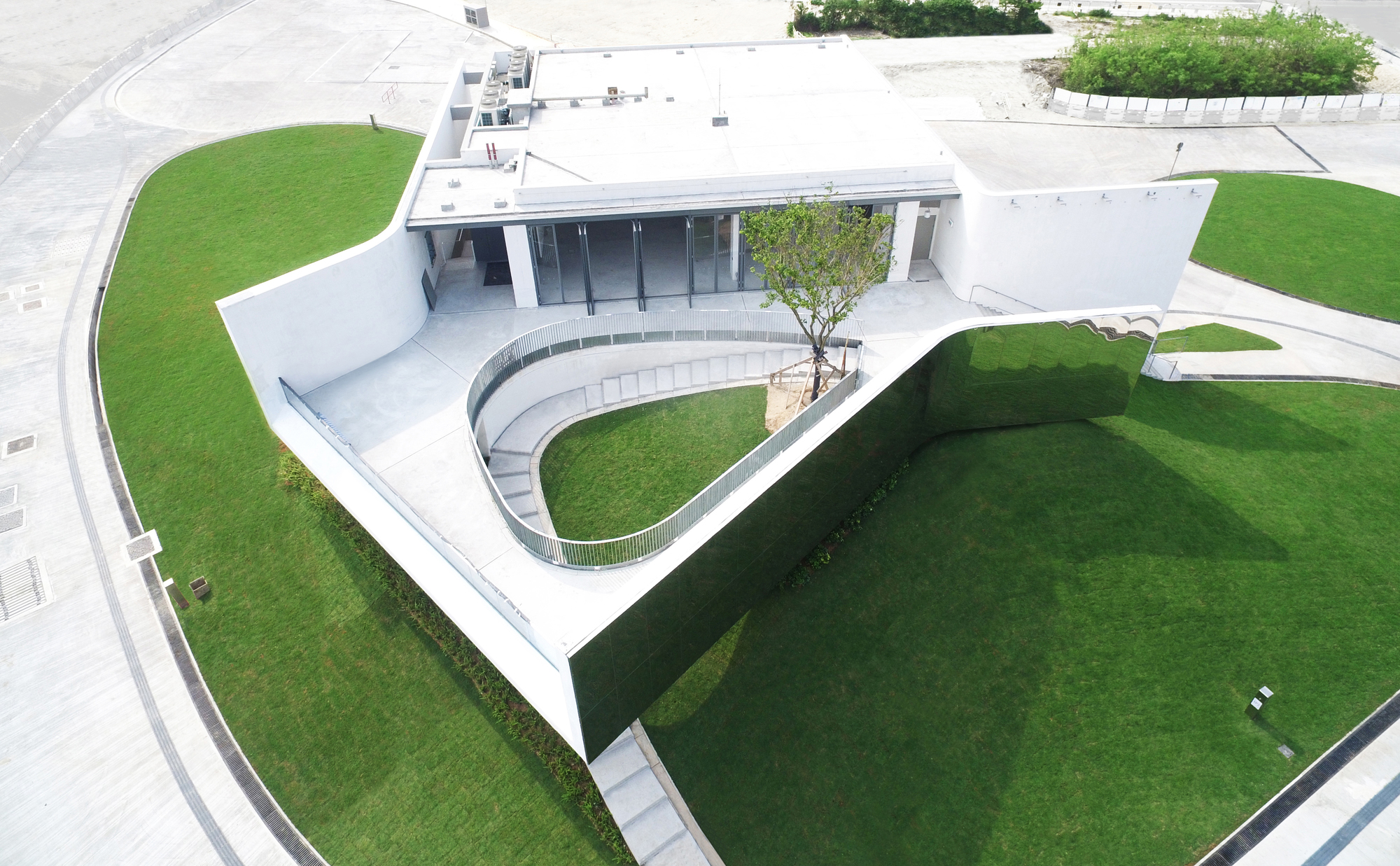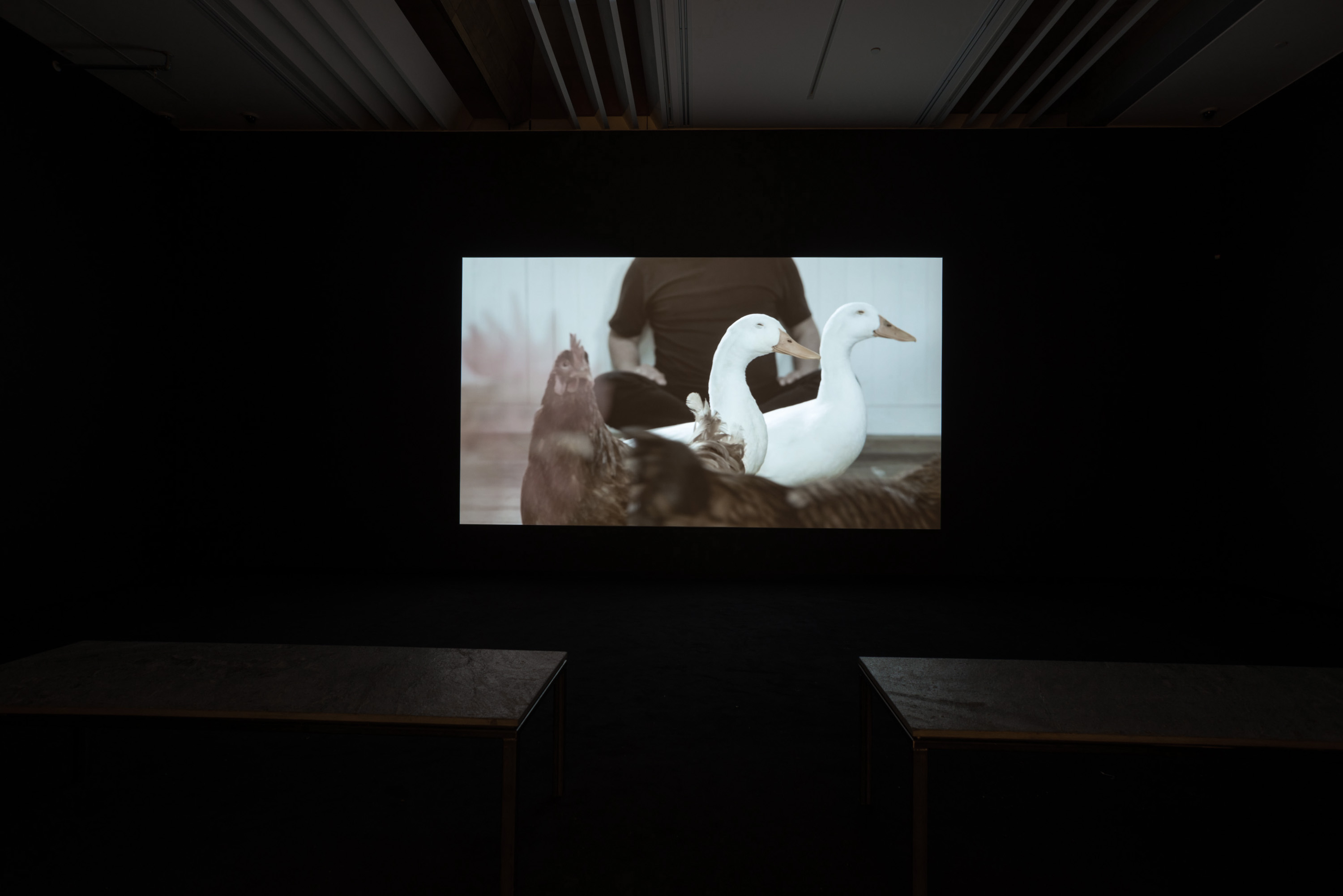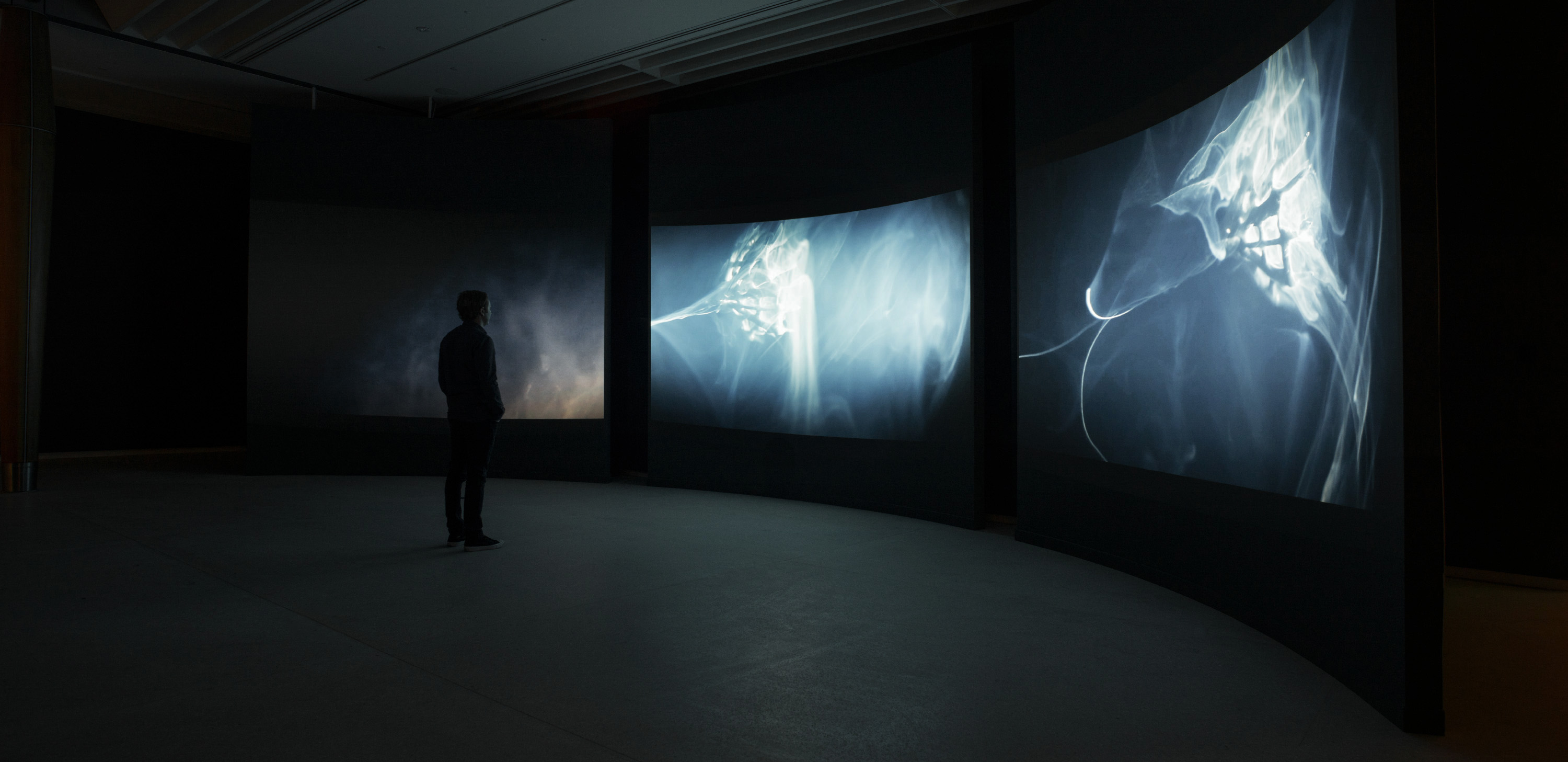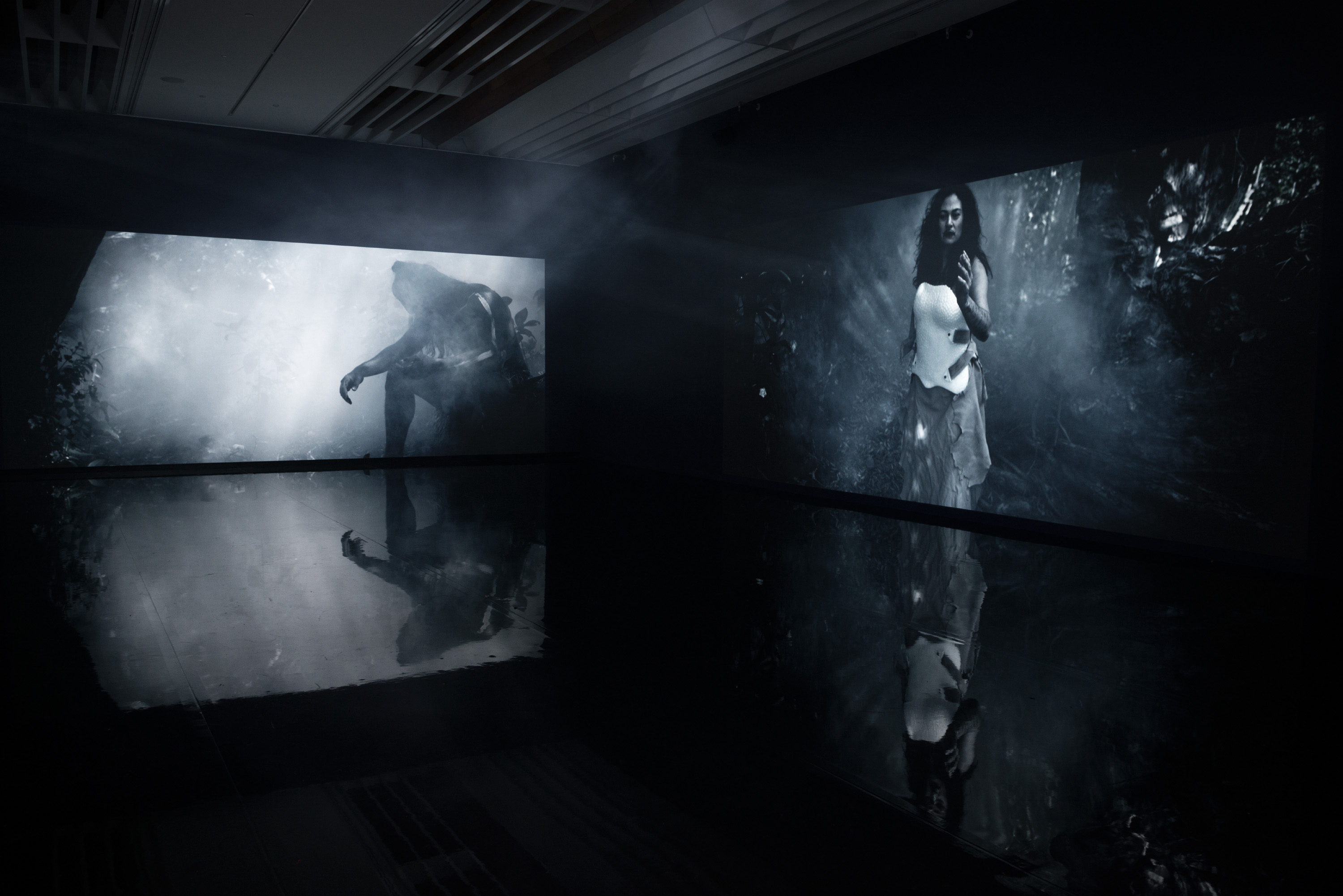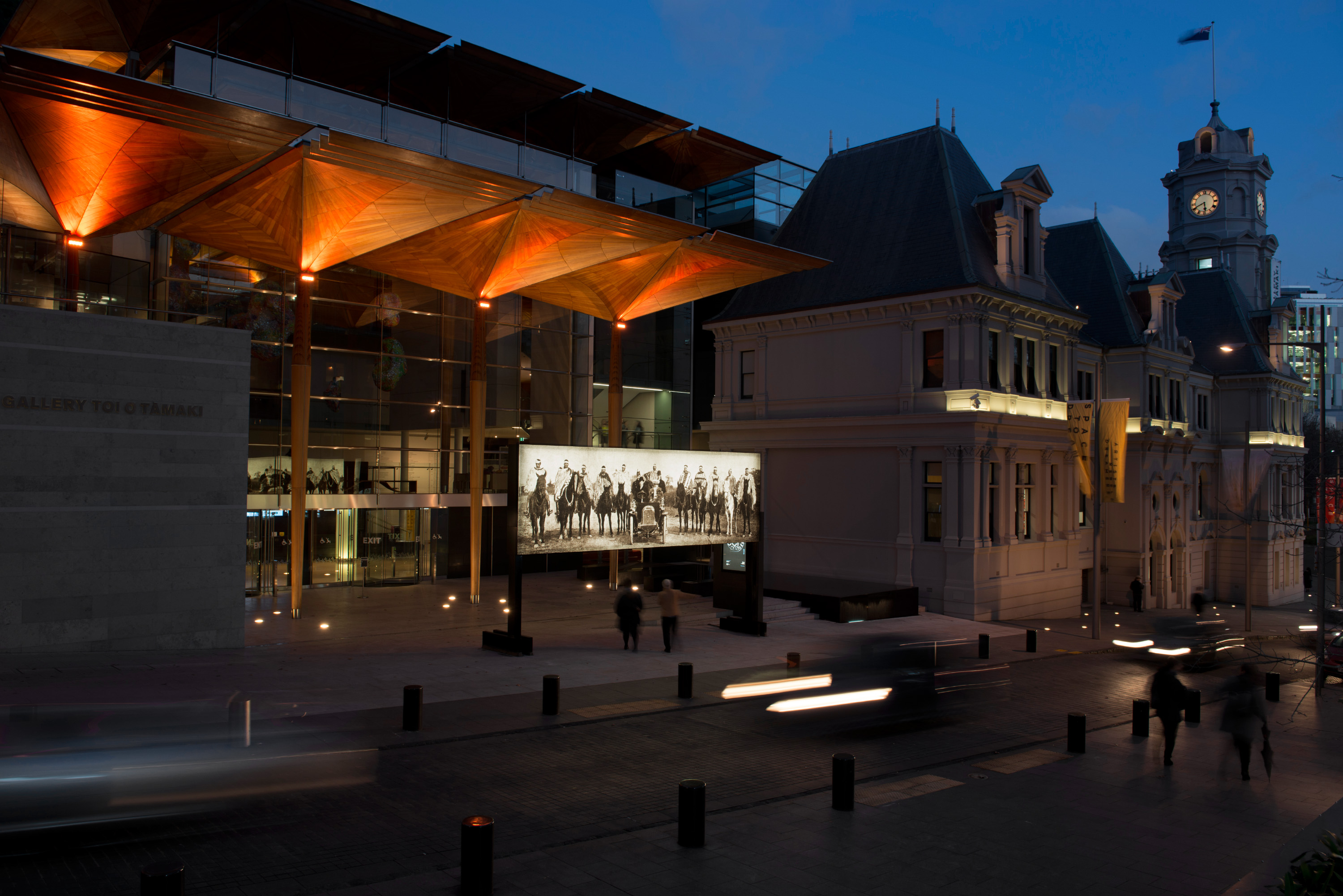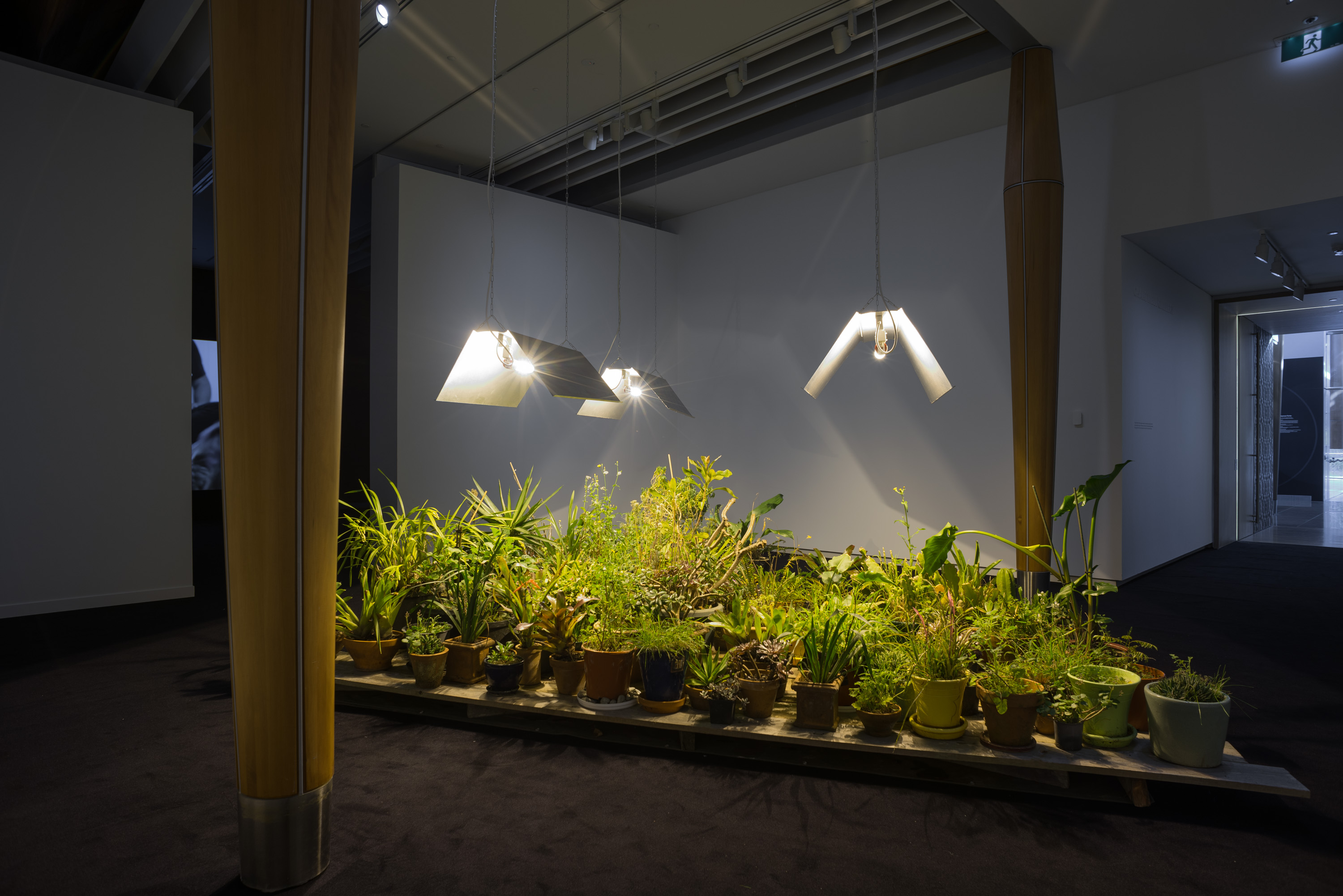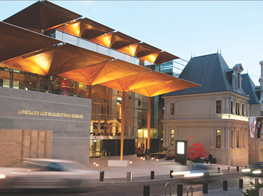Doryun Chong
Doryun Chong. Courtesy M+ Hong Kong.
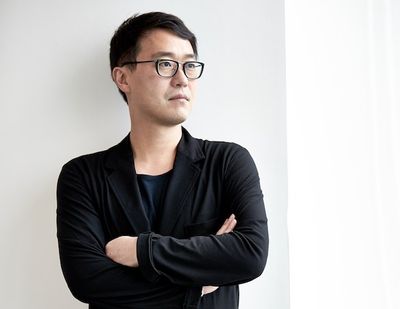
Doryun Chong. Courtesy M+ Hong Kong.
Doryun Chong is deputy director and chief curator at M+, Hong Kong's new museum for visual culture.
While the museum's ambitious Herzog & de Meuron building is yet to be opened in the West Kowloon Cultural District, Chong's team is pressing ahead with curatorial activities, acquiring major collections of Chinese art and staging significant touring exhibitions.
Kate Brettkelly-Chalmers sat down with Chong just before he announced the winner of this year's Walters Prize—New Zealand's foremost contemporary art award.
Shannon Te Ao was Chong's pick of the four contenders, but his name remained under wraps as they spoke about M+'s role in preserving art and culture in the Asia Pacific and how New Zealand art practices might sit within this broader context.
KBCYou are deputy director and the inaugural chief curator at Hong Kong's M+, but before that the associate curator of painting and sculpture at MoMA in New York, where you organised a number of influential exhibitions. How did you join M+ and what precipitated this move from one busy city to another?
DCIt is a great project! That is the simplest answer. As a curator, or any kind of museum professional, it is so rare to have this opportunity to work on a museum building project from scratch. Adding to that is Hong Kong itself. It is one of the greatest cities in the world; even though it is not known for being an arts and culture hub, it is on its way to becoming one. All the potentialities of Hong Kong as a city make being there and working on this project fascinating. And Hong Kong is also quite an efficient and nice city to live in. So all of these things together precipitated this move.
KBCYou gave a lecture last night as part of your role as this year's Walters Prize judge in which you discussed M+ in the context of other newly established museums. Can you tell me a little more about this subject?
DCOf course I talked about M+. I think it was safe to assume that audiences were curious to hear about it, but I wanted to also have a more expanded discussion of why museums are getting bigger, especially well-established and large museums like MoMA and Tate Modern. What is the logic there, other than a capitalist logic? What I have been thinking about is that there is a strange combination of the logic of expansion and the logic of sustainability. Because museums do not ever make money, they need to draw enough from other sources to sustain themselves. But at the same time there is an ever-growing expectation of larger audience numbers and bigger exhibitions, a kind of expansionist logic.
I also wanted to discuss how building and running museums is difficult anywhere. Essentially, we all do the same job, but depending on where we are, our public is different, our conditions are different and our politics are different. While that's just stating the obvious, I wanted to inject my talk with this idea that running a museum is always a kind of political act, as well.
KBCFrom the perspective of someone who looks at the city from afar, the 'Umbrella Revolution' seemed like a significant political movement in Hong Kong in 2014. I understood these civic protests to be quite generational—like there was a group of younger people expressing unease with both governmental proximity to China and the older systems of power that continue to exist within Hong Kong itself. Has this generational protest affected M+ in any way?
DCNo, it hasn't. But I should clarify by saying that it has not affected the gallery in fundamental ways, meaning that it has not affected what we are planning to do or what we are currently doing.
But that is not a rejection of what that political gesture stood for, as you have described it. It was generational, it was very much a youth and student-led effort. I certainly saw, and I think the majority of people could also see, that it was a young generation trying to define its identity and voice, literally through physical occupation or the transformation of public roads into a public space. It was absolutely a huge turning point in the history of the city and the history of the politics in this city, for sure.
But the question is: has this movement of civil disobedience affected our job? No, it has not. However, it has raised awareness about who our future audience is. While I am a believer in the classical definition of what a museum does, maybe we have to think more carefully about what the role of a civic institution is for this new generation of people who will still benefit from the classical roles that will be played by M+, like all museums. But it might be that they need something else...
KBCWhat are these classical responsibilities, as you see them?
DCPreservation, exhibition, display, education, research, publications. The museum is an institution of preservation and pedagogy.
KBCAlong with these responsibilities, I note that M+ is not only an art museum, but a museum of visual culture—it has an expanded scope that includes design, film, architecture, and so on. The protests we are speaking about—the occupations—manifested a form of 'political visibility' and I'm wondering if this has or will somehow make it into the expanded museum.
DCEven though we are a contemporary institution, I believe that what a museum can do, and should do carefully, is not to react to immediate contemporary phenomena. I think it is important to take some distance from them so that we can gain clarity and impartiality, as much as possible.
Of course, political gestures and visual expressions have always found their way into the museums. But in general, I think we are seeing a logic where contemporary art museums are always ready to jump on what is 'new' and what is the 'youngest,' in a very competitive manner. And, as you said, even though we're not just an art museum but a visual culture museum, we still need to guard ourselves from that rapacious behaviour.
KBCFollowing on from this, you have said that, as a curator, you are not interested in being the barometer of the newest and the most contemporary. What curatorial approach do you take?
DCI go back to the original definition of what a curator is, which is a keeper and a caretaker. I have been very fortunate to work from the beginning of my career with collecting institutions of different kinds. So exhibitions and programme-making were always interconnected and intertwined with the collection. The collection building process is never as fast as artist's projects, commissions and exhibitions. It takes a longer period of time, and you always think—at least in theory—in terms of perpetuity.
Once something comes into the collection, in most cases, it is meant to stay there forever. So you have a different relationship to time, to the temporality of museums. I am certainly not rejecting the 'temperature taking' kind of curating, but I think curators working at collecting institutions occupy a different area and play different roles in the ecology of the art world.
KBCThe Walters Prize is very much focused on contemporary practices in Aotearoa New Zealand. How do you think this year's finalists might sit in relation to art practices in the wider Asia-Pacific region? Are there relationships that spring to mind in exploring their works?
DCThat is interesting; I didn't think about the Prize and the exhibition that way, to be honest. I think this has been said about the exhibition already by viewers and critics; it struck me as a very coherent show. Obviously all four artists are using photography and moving-image, so there is a natural coherency in terms of the mediums that they engage in.
The exhibition really felt like it was a curated show, although obviously all four of these artists are dealing with different topics. To me, their works are all about communication and translation, transformation and transference, but in very different ways that relate to history and literature, mythology and even science. It almost felt like each one in its own way was taking you into a different realm.
This strongly brings out the bilingual and bicultural nature of New Zealand, which I was very struck by the first time I came here. I was struck by how strong it is at the level of policy, but also as a will to institute it in the form of historical reparations, for instance. At times this felt perhaps a bit heavy-handed, but it was also very touching to me. It resonated with my experience of coming-of-age in an era of multicultural or post-multicultural education, work and activism in the US.
I recognised that there is a certain parallel with that here. While New Zealand multiculturalism occurred 10 or 20 years after the American multiculturalism I am familiar with, to see this important movement in different parts of the world is quite meaningful to me. I found it to be even more intellectually stimulating this time, building on from my experience in the first visit.
I'm saying all of this because your question is a very interesting one: how would I see this in relation to what is happening in Asia? I think these kinds of practices I see in the Walters Prize exhibition have an affinity with certain emerging practices in other countries, where they are dealing with the notions of 'Otherness' and indigeneity, even if this question of indigeneity is not so front-and-centre as it is in New Zealand. If you're in Taiwan, for instance, it is not so central, but it does exist. This tendency also translates into interest in other kinds of alterity or even subalternity, in different forms, such as economic terms. So there are very much certain resonances that you can find in the region. —[O]
The Walters Prize exhibition is on at Auckland Art Gallery from Saturday 16 July to Sunday 30 October 2016.


